This week, we’re taking a deep dive into a distinctly Japanese literary genre (zuihitsu, or ‘wandering brush’) by looking at two of its most famous exemplars: the Hojoki, or Record of a Hut, and Tsurezuregusa, or Essays in Idleness. What lasts forever in this world? How should we strive to live? What should we do when confronted with gamblers on a losing streak? All this and more, coming up!
Sources
McKinney, Meredith, trans. Essays in Idleness and Hojoki. Penguin Classics Edition.
Bond, Nathaniel Peter. “Lessons in Immorality: Mishima’s Masterpiece of Humor and Social Satire.” MA Thesis, Portland State University, 2013.
DiNitto, Rachel. “Return of the ‘Zuihitsu’: Print Culture, Modern Life, and Heterogeneous Narrative in Prewar Japan.” Harvard Journal of Asiatic Studies 64, No 2 (December, 2004).
Here’s a link to the article I referenced at the beginning of the episode.
Images
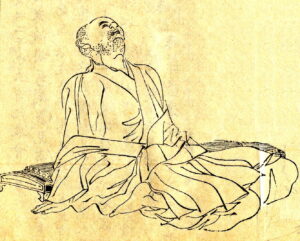
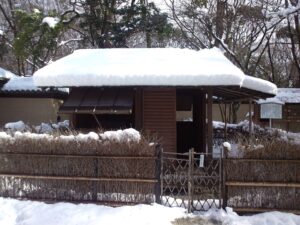
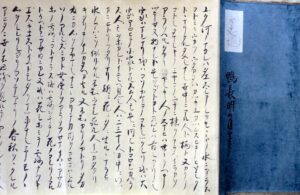
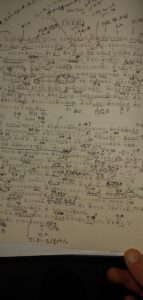

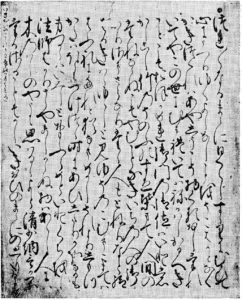
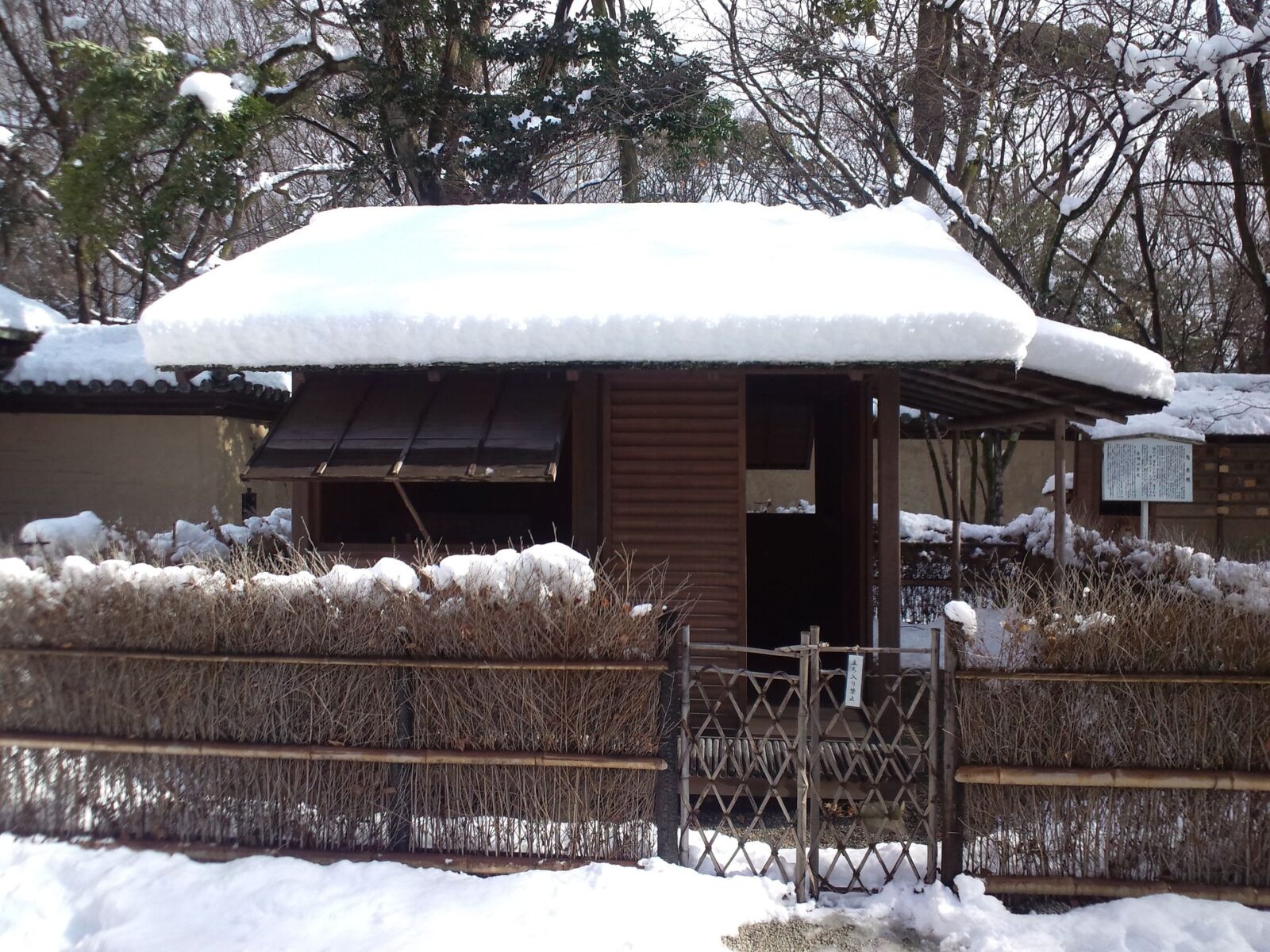
Was that a Castlevania reference? Cheeky.
These anecdotes really exemplify mono no aware and yugen. I wish you would have gone into more detail about these aesthetics rather than try to define it so exactly. “Little anecdotes about life, kind of like Pepys’s Diary, but all centering around mono no aware” explains it perfectly.